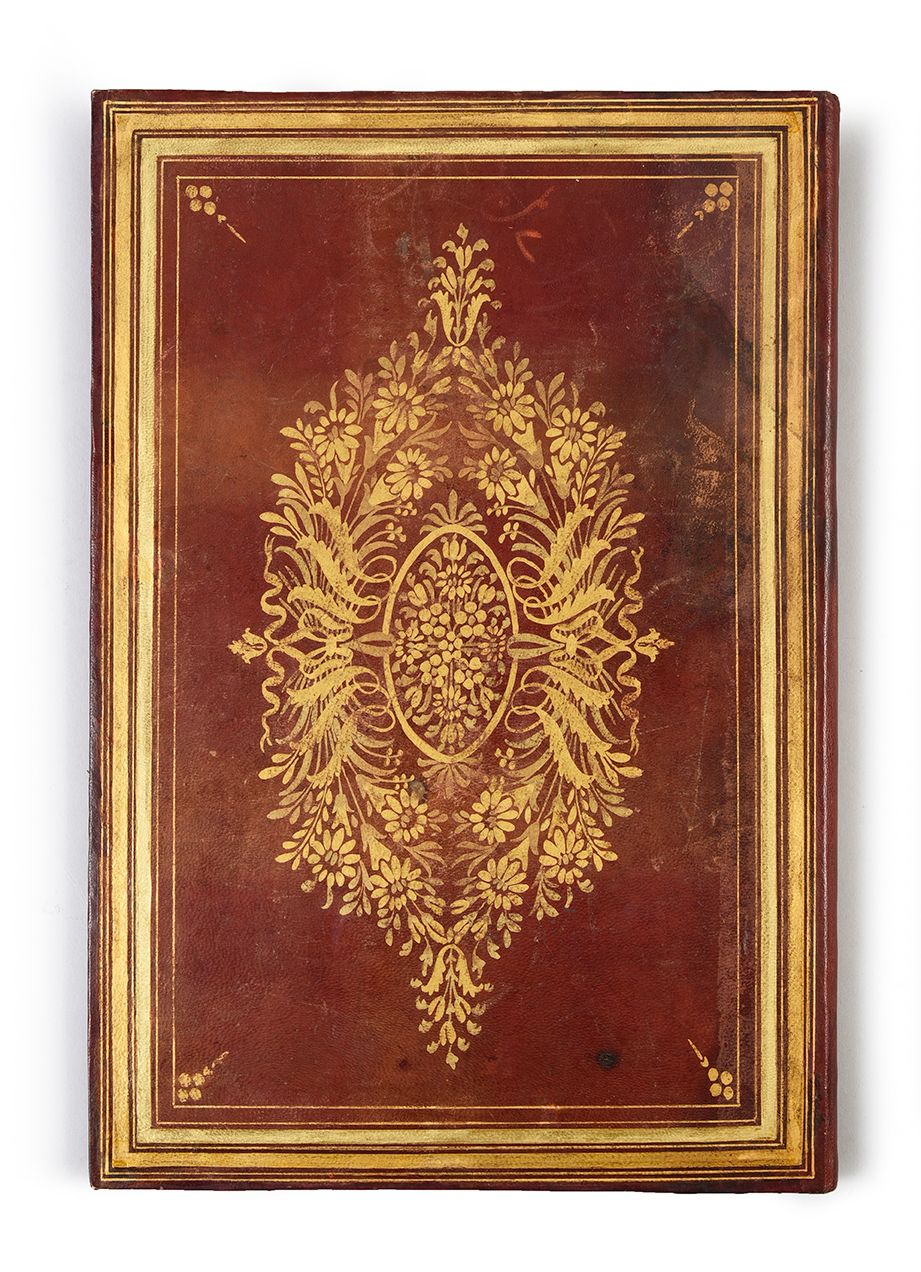Description
Ottoman foundation charter registered by Sayyid Mehmed Emin bin Ali d'çelli, Kadi of Mecca. The Emir-i azam Haji Mustafa Pertev Pasha donated the lands (on 5 Zilka 1283 in the canton of Shirulebabil and Kefr-i Hicazi on condition that the treasurer of the foundation was appointed by the Egyptian Khedive Abbas Pasha. 17 Zilka' 1298 [11 October 1881]. Witnesses: Mehmed Emin bin Abdullah el-Nebbas el-Medenî, es-Sayyid Muhammed bin Ali Selim, Süleyman bin Esad Vakkas, Ivaz bin Ahmed bin Ali el-Tamravî. Bound in red morocco with painted decoration of golden fleurons. 35 x 24cm
6
Ottoman foundation charter registered by Sayyid Mehmed Emin bin Ali d'çelli, Kadi of Mecca. The Emir-i azam Haji Mustafa Pertev Pasha donated the lands (on 5 Zilka 1283 in the canton of Shirulebabil and Kefr-i Hicazi on condition that the treasurer of the foundation was appointed by the Egyptian Khedive Abbas Pasha. 17 Zilka' 1298 [11 October 1881]. Witnesses: Mehmed Emin bin Abdullah el-Nebbas el-Medenî, es-Sayyid Muhammed bin Ali Selim, Süleyman bin Esad Vakkas, Ivaz bin Ahmed bin Ali el-Tamravî. Bound in red morocco with painted decoration of golden fleurons. 35 x 24cm
You may also like
